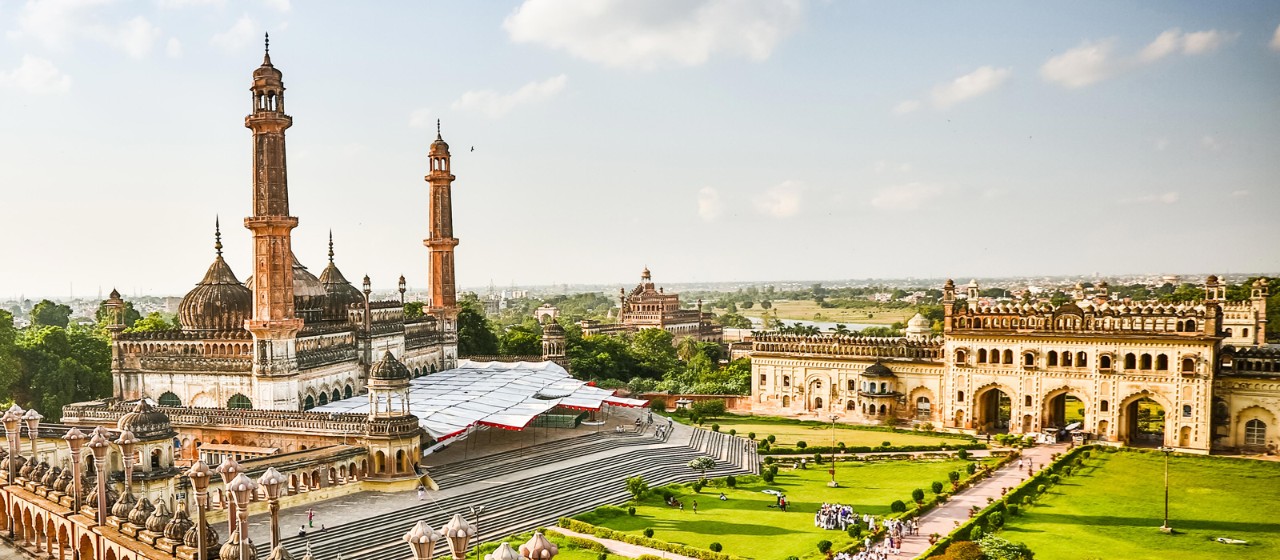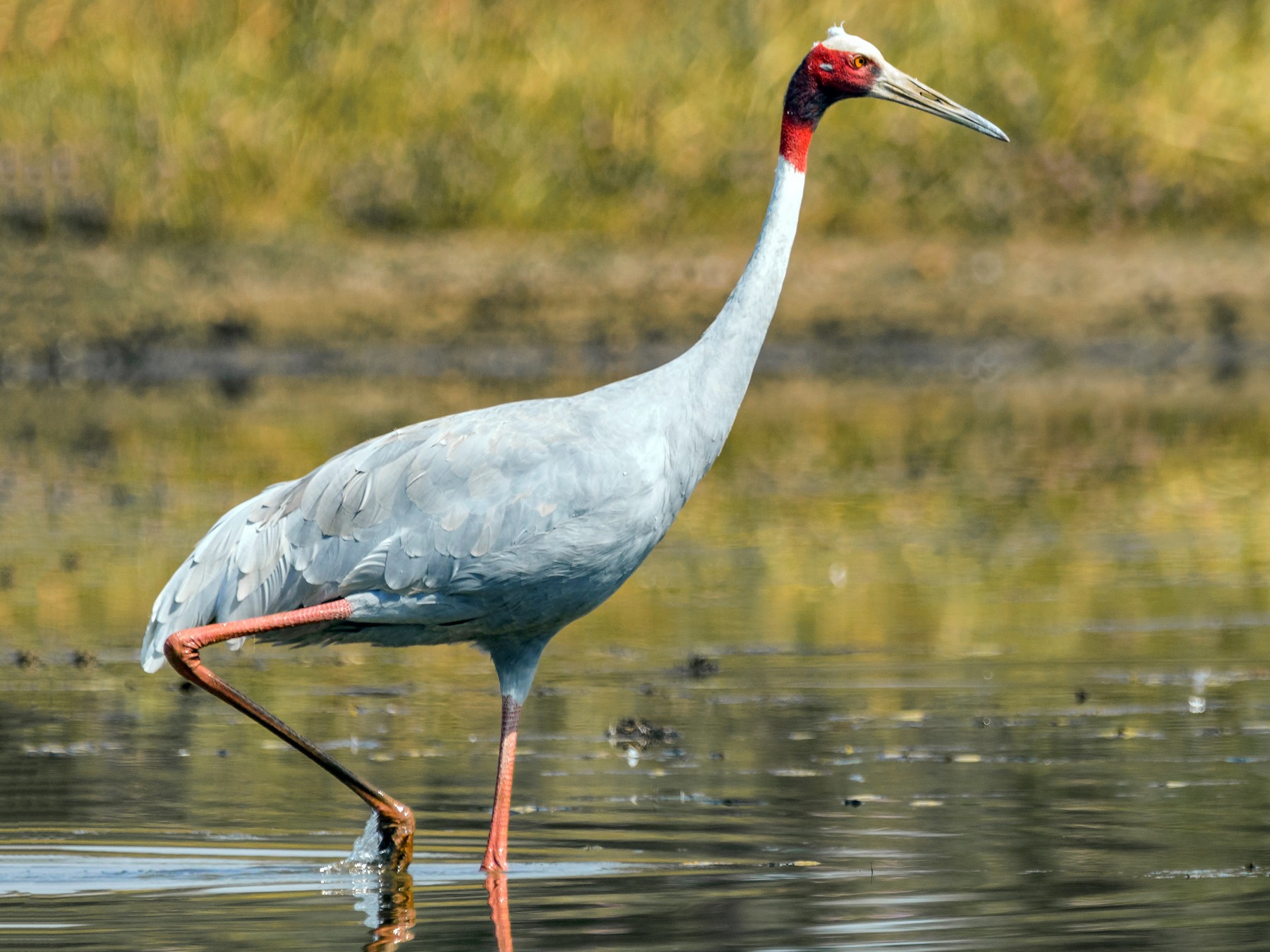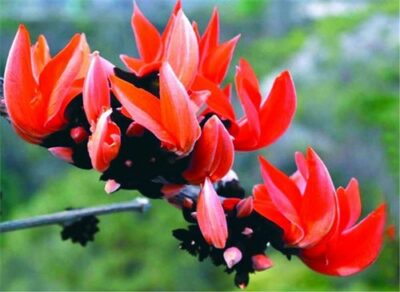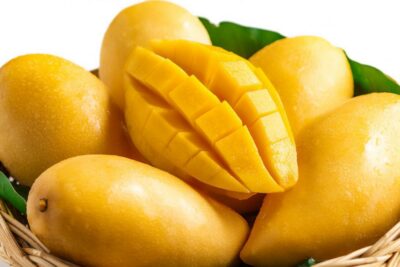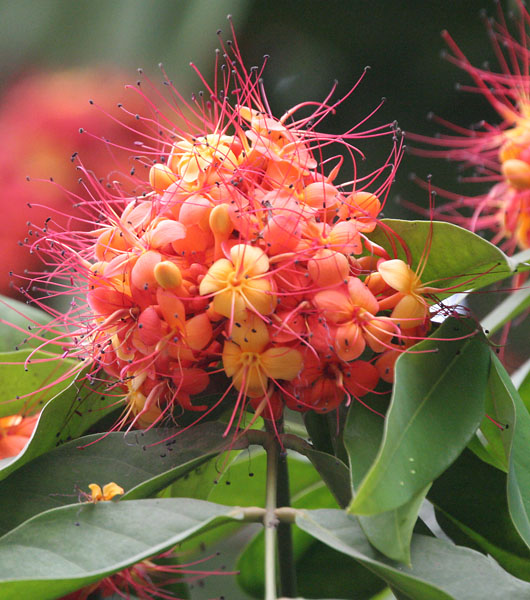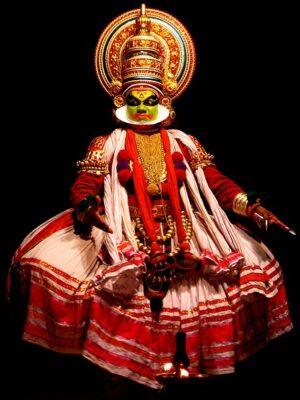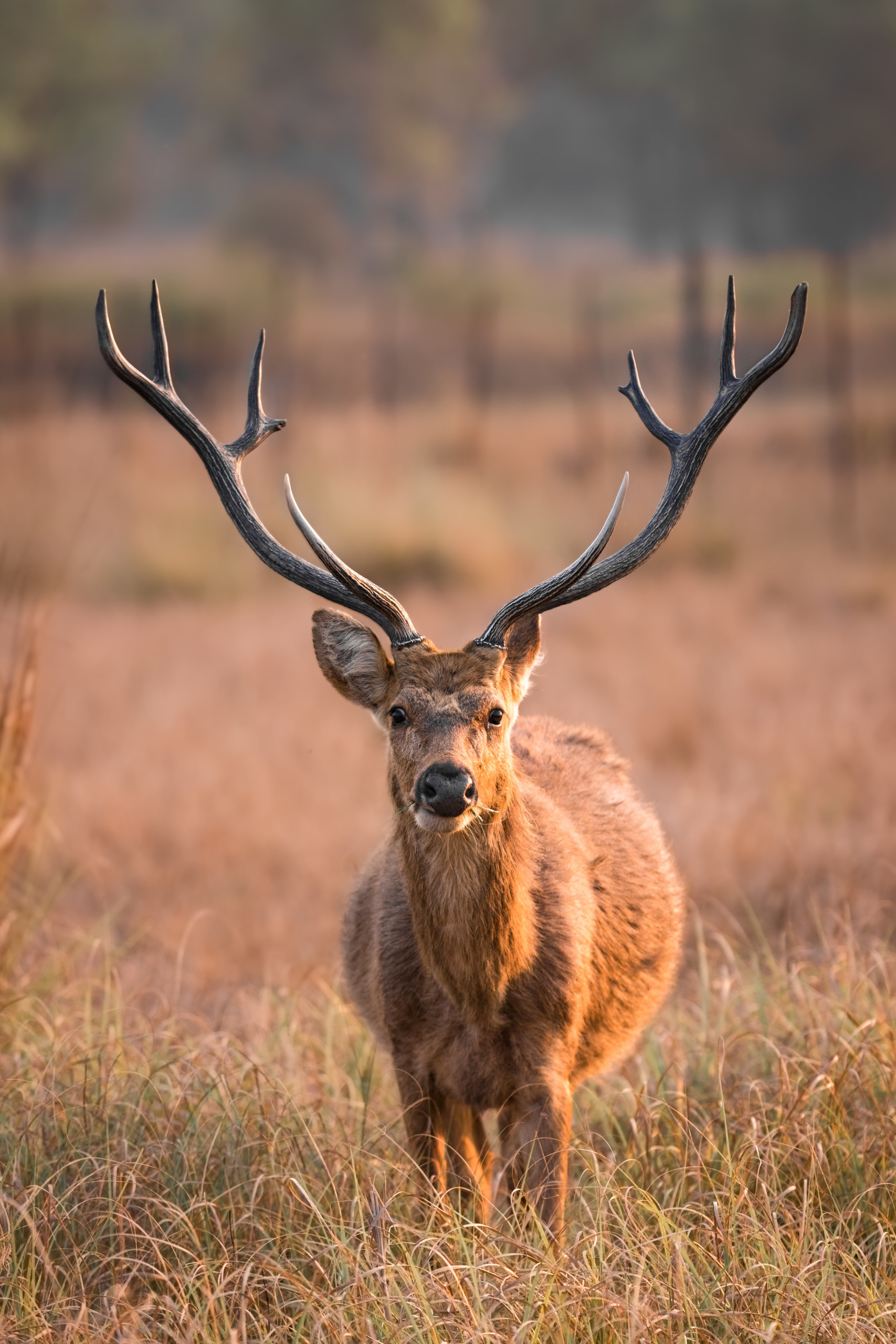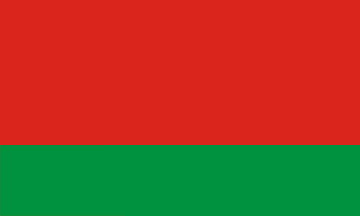State Symbols of Uttar Pradesh
Last updated on January 22nd, 2023 by Editorial Staff
By | Updated on January 22, 2023
Reviewed by Rittika
Uttar Pradesh is covered on the north by the states of Uttarakhand and Nepal, on the east by Bihar, on the southeast by Jharkhand and Chhattisgarh, on the south, Madhya Pradesh surrounds it, and on the west by Rajasthan, Haryana, and national capital territory of Delhi. Lucknow, in the state’s west-central region, serves as its capital.
Uttar Pradesh’s official language is standard Hindi. While traditional Hindi (Khari Boli) is the official language, the state also speaks various regional Hindi dialects, including Awadhi, Bhojpuri, Braj, Kannauji, Bagheli, and Bundeli, as well as several unnamed local languages. Because Lucknow was formerly the epicenter of Indo-Persianate culture in north India, Urdu is widely spoken in Uttar Pradesh. Lucknow’s language (“Lakhnavi Urdu”) is a type of high literary Urdu.
Demographical Profile
The total area covered is 243,286 square Kilometres, with a total population of nearly 199,581,477 people as inhabitants. The real literacy rate is around 69.67%, with a sex ratio of 912 females per 1000 males.
Climate
Uttar Pradesh has a tropical monsoon climate with mild temperatures all year. In Lucknow, average high temperatures range from around 70 degrees Fahrenheit (low 20s Celsius) in January to above 100 degrees Fahrenheit (38 degrees Celsius) in May and June. Gonda, northwest of Faizabad, has had high temperatures of around 120 °F (50 °C). The state’s annual rainfall varies from 40–80 inches (1,000–2,000 mm) east to 24–40 inches (600–1,000 mm) west. The southwest monsoon, which lasts from June to September, accounts for roughly 90% of the rainfall.
Wildlife and Natural Vegetation
The majority of Uttar Pradesh’s vegetation is the shrub. Forests are predominantly found in the southern uplands. Tigers, leopards, elephants, wild boars, and crocodiles are among the region’s animals, as are pigeons, doves, wild ducks, partridges, peafowls, blue jays, quails, and woodpeckers. Several species have become extinct, including Gangetic Plain lions. The state has developed many game sanctuaries to protect its wildlife.
The state bird is the Swamp darling, while the state mammal is the Sarus Crane.
Economy
Agriculture is the most common occupation in Uttar Pradesh, and it is critical to the state’s economic development. Rice, wheat, and sugarcane are the main crops. The state has become a key producer of food grains since the late 1960s, thanks to introducing high-yielding wheat and rice seed varieties, improved fertilizer availability, and increasing irrigation use. However, many of its farmers face two main challenges: tiny landholdings and a lack of finances to invest in the technologies needed to boost productivity. Dairy and livestock husbandry are frequently used as secondary sources of income.
Culture (Art, Music, and Cuisines)
Uttar Pradesh culture is Indian, with origins in Hindi and Urdu literature, music, fine arts, drama, and cinema. Uttar Pradesh was a hotbed of musical invention throughout the Gupta and Harsh Vardhan dynasties. Swami Haridas was a Hindustani classical musician who championed the genre. Swami Haridas was a disciple of Tansen, a musician in Mughal Emperor Akbar’s court.
Kathak is an Uttar Pradesh-based classical dance genre. The last Nawab of Awadh, Wajid Ali Shah, was a patron and supporter of Kathak. Lucknow Gharana and Banaras Gharana are two of the most well-known schools of this dance form in the state today.
Naushad Ali, Talat Mehmood, Begum Akhtar, Anup Jalota, Shubha Mudgal, Bismillah Khan, Ravi Shankar, Kishan Maharaj, Vikash Maharaj, Hari Prasad Chaurasia, Gopal Shankar Misra, Siddheshwari Devi, Girija Devi, and Sir Cliff Richard are all Uttar Pradesh-born music legends. Songs called rasiya (particularly popular in Braj) glorify the fabled love of Radha and Krishna and are part of the region’s traditional history. These songs are performed at numerous events and are accompanied by big drums known as bumb. Raslila, Swang, Ramlila (a dramatic portrayal of the complete Ramayana), Nautanki, Naqal (mimicry), and Qawwali are some other folk dances or folk theatre genres.
Uttar Pradesh’s people dress in a variety of traditional and Western styles. Colorful draped garments, such as the sari for women and the dhoti or lungi for men, and fitted garments, such as the salwar kameez for women and the kurta-pyjama for men, are examples of traditional dress. Chikenkari embroidery is famous here in Lucknow and is widely done on clothes. Men frequently wear topi or pagri as headwear. Sherwani is a more formal male attire that is usually worn on festive occasions with chooridar. Men’s European-style pants and shirts are also popular. In Uttar Pradesh, there are a variety of non-vegetarian and vegetarian meals that are well-known. Agra is known for its Peetha (sweet), while Lucknow is known for its exquisite Awadhi cuisine, which entices visitors.
Tourism
Due to its rich and varied landscape, vibrant culture, festivals, monuments, and ancient worship sites, Uttar Pradesh ranks top among all Indian states in terms of domestic visitor arrivals, with over 71 million. Tourism is becoming increasingly important to the state’s economy. Many travelers go to Hindu centers like Varanasi, Prayagraj, Ayodhya, and the Mathura-Vrindavan area; Buddhist centers like Sarnath, Kasia (site of Kushinagar, where the Buddha died), and Shravasti; and historical places like Agra, Lucknow, and Kannauj. Because Uttar Pradesh is home to some of the holiest Hindu shrines, religious tourism plays a vital role in the state’s tourism. Varanasi is a prominent spiritual center, the most exalted of Hinduism’s and Jainism’s seven sacred cities (Sapta Puri). Domestic tourists come for religious reasons, while foreign tourists see the ghats along the Ganges. Vrindavan is regarded as a holy site for Vaisnavism. Ayodhya (Awadh) is considered one of the seven most important pilgrimage destinations since it is believed to be the birthplace of Rama. The Magh Mela event on the banks of the Ganges attracts millions of people to Allahabad.
Every 12 years, a larger version of this festival is held, known as the Kumbh Mela, in which over 10 million Hindu pilgrims convene in one of the world’s most significant gatherings of people.
State Information
| Official Language | Hindi, Urdu |
| State Rank | 4 |
| Demonym(s) | Uttar Pradeshi |
| Nickname | Taj Nagari |
| ISO | IN-UP |
| Formation Date | 24 January 1950 |
| Coordinates | Lat: 26.8467° N, Long: 80.9462° E |
| Area |
State seal
Motto of Uttar Pradesh
Satyameva Jayate- "Truth alone triumphs"
State symbols of Uttar Pradesh 👇
-
State capitalLucknow
-
State birdSarus crane
-
State flowerPalash
-
State fruitMango
-
State treeAshoka
-
State danceKathak
-
State animalBarasingha

